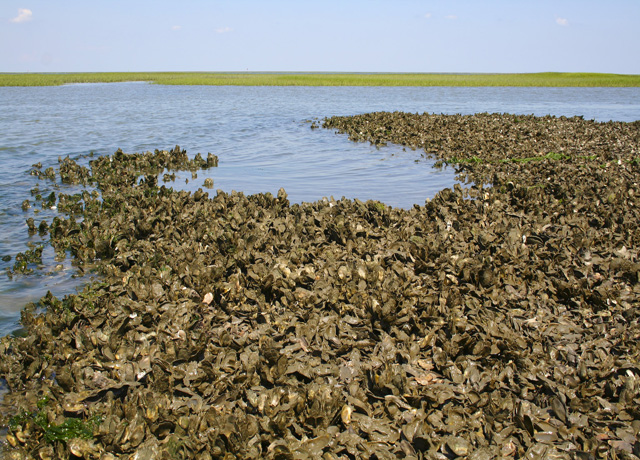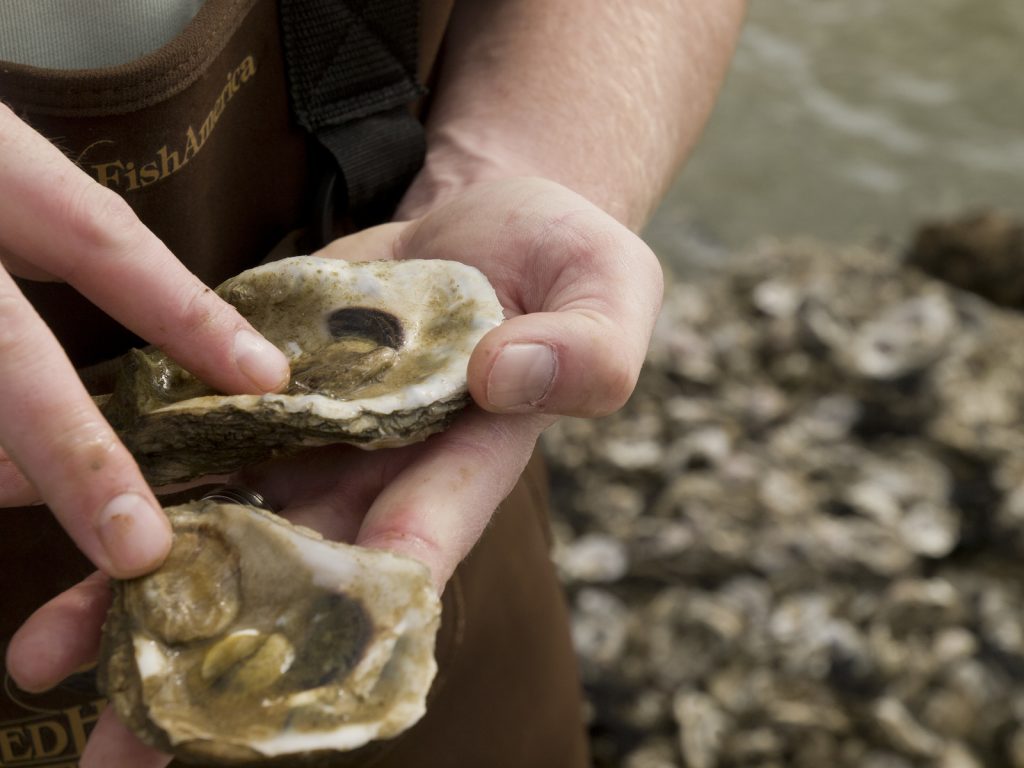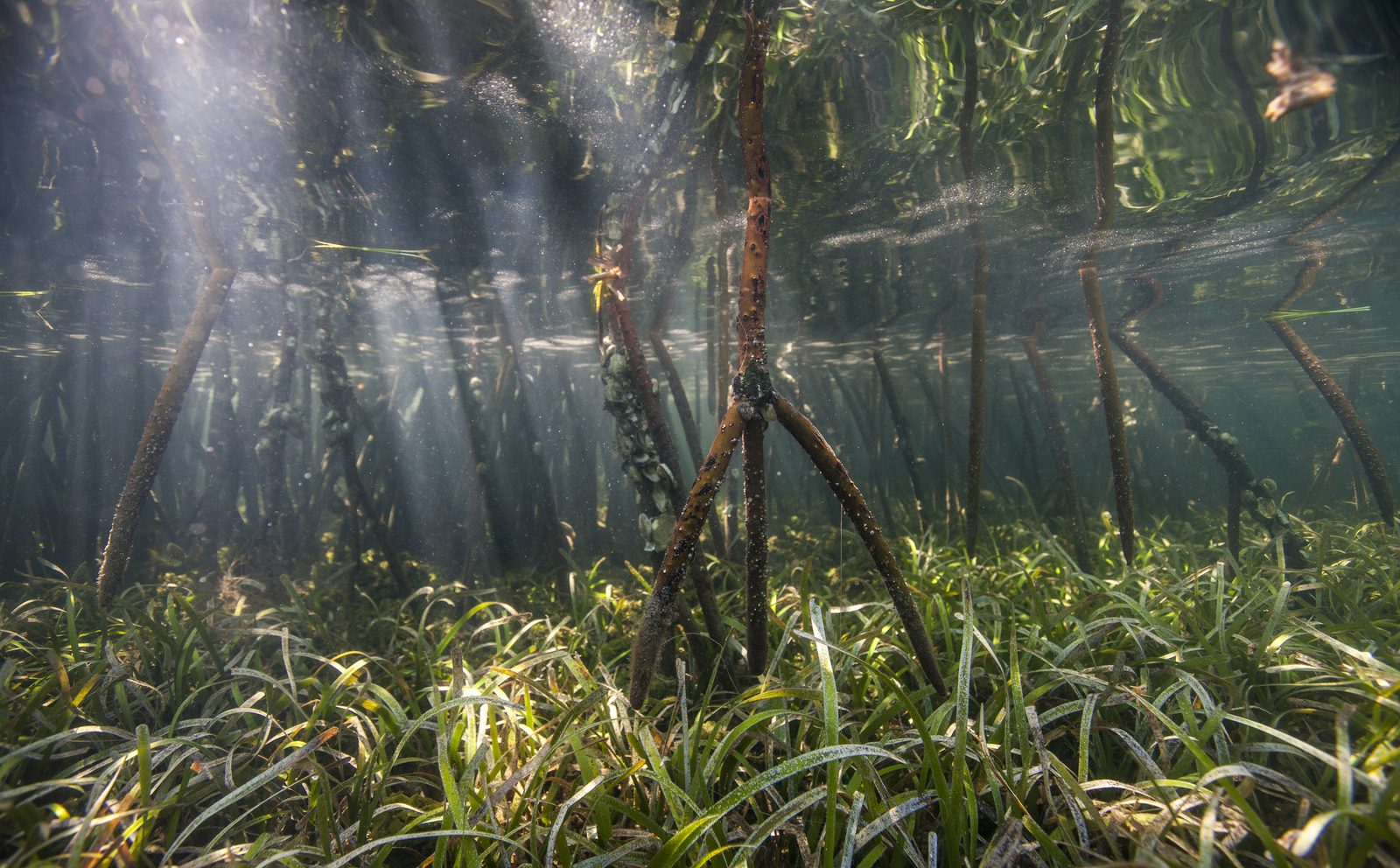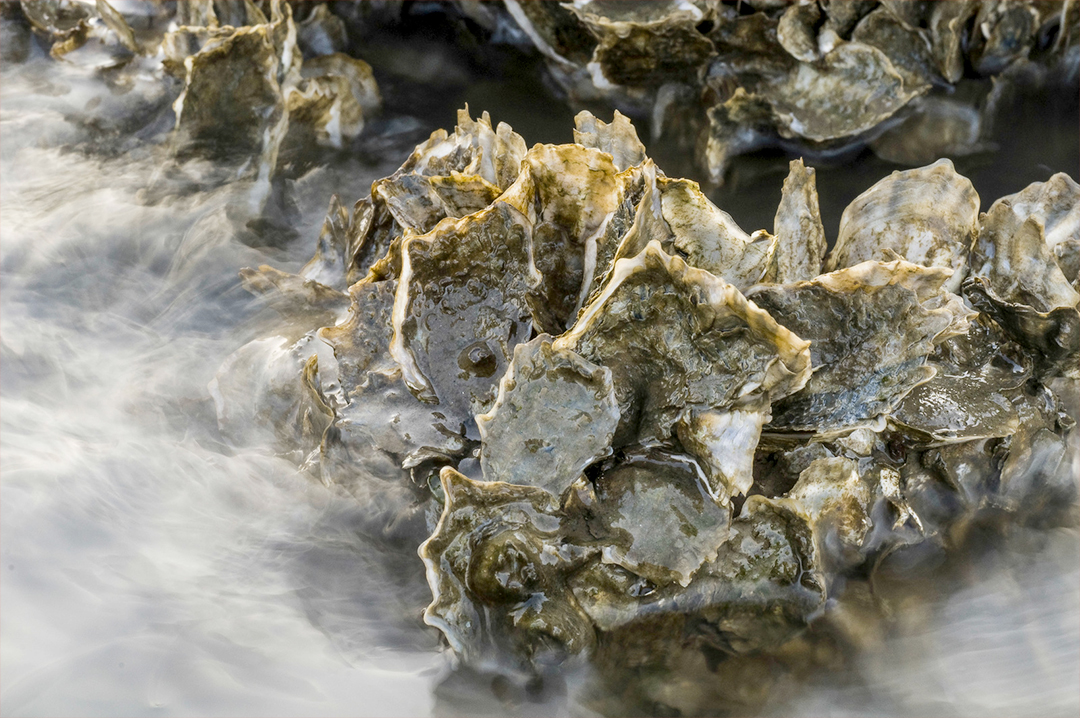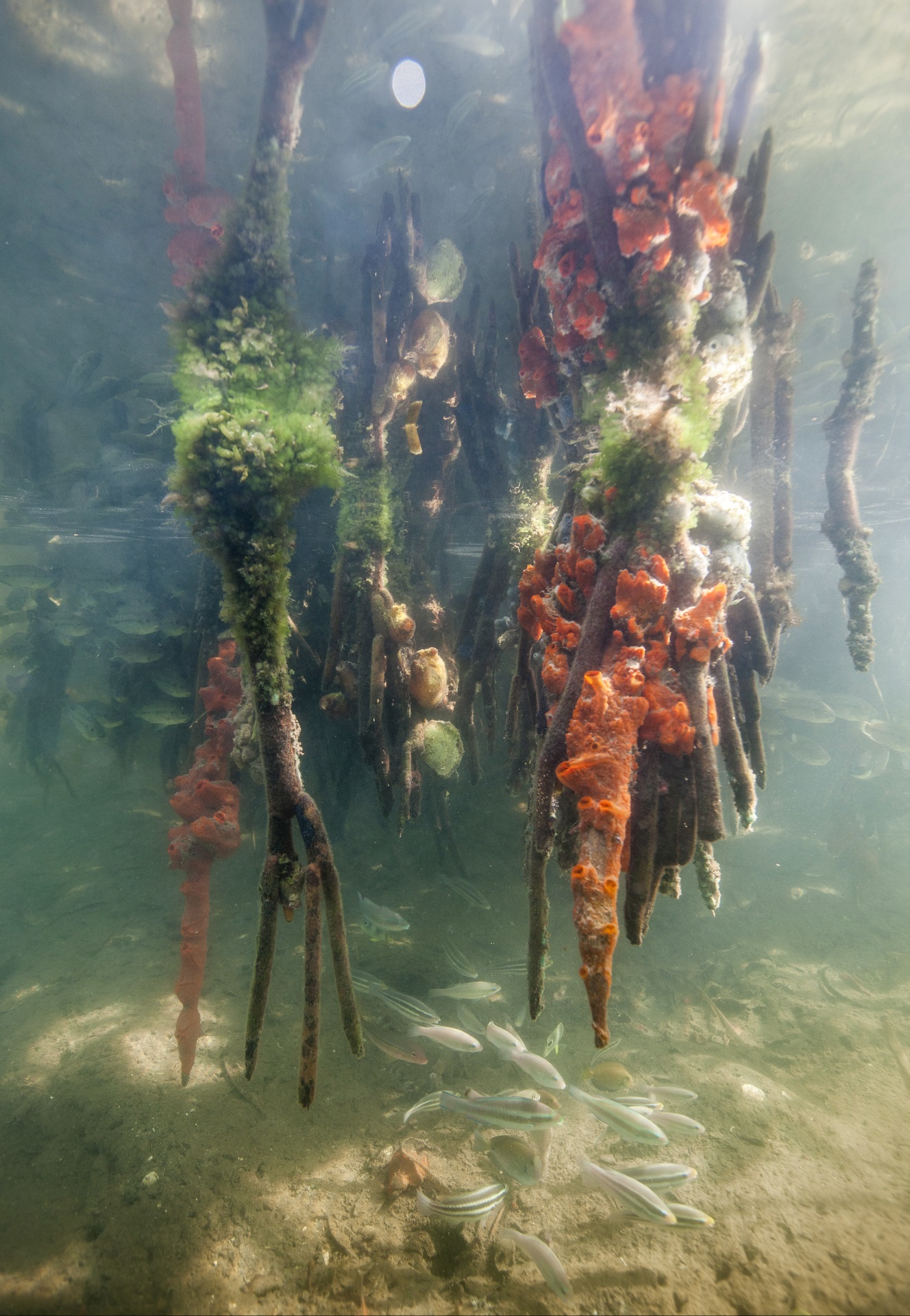Mangroves, marshes, sponge gardens, and bivalve reefs can act as coastal engineers, buffering and protecting against nutrient and sediment imbalances that can threaten water quality and ecosystem health
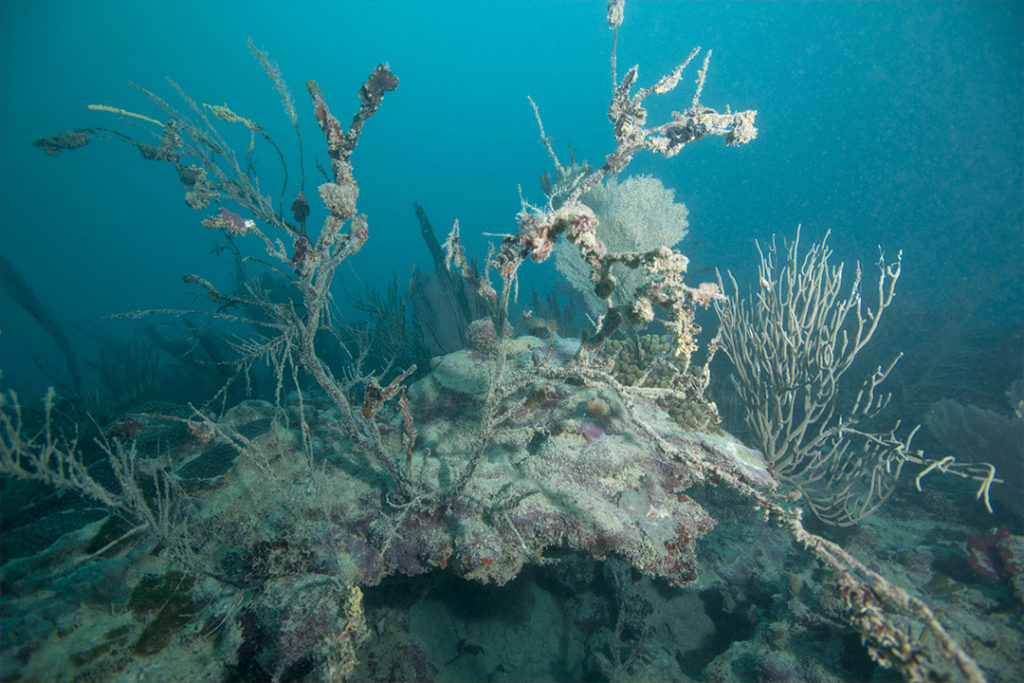
Water Filtration from Natural Ecosystems
- A single oyster can filter 180 liters of water every day
- Mangroves and saltmarshes soak up nitrogen, fueling their growth, and reducing 50% or more the amount of nitrogen passing into open waters
- A recent and dramatic reduction in sponge populations in Florida Bay has resulted in a four to twenty-fold decrease in water quality
Our Projects
Oyster Restoration for Water Quality
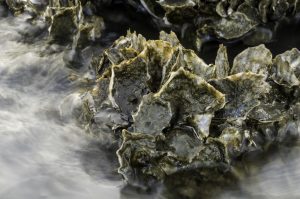
In our efforts to better quantify the benefits provided by oysters, and to further motivate both conservation and restoration, MOW scientists have built unique models of oysters and water filtration. We need to know ‘how much is enough?’ to make an appreciable difference to the water quality of a bay. One approach for answering that question is to have enough oysters to filter the volume of water in a bay in about the same time it takes the tide and river flow to replace this water over time. This is known as the “residence time” of water in an estuary. At this level of abundance and filtration, oysters are grazing and feeding at a rate that is probably sufficient to clear the water and keep algal blooms in check for an entire bay.
To understand the variability in the extent of filtration by oysters in the bays and estuaries of the USA, we constructed a mathematical model that estimates filtration based on individual oyster size, abundance and reef area, as well as water temperature. Using knowledge of the past and present extent and condition of oyster reefs in estuaries around the USA, together with ecological understanding of their filtering capacity we have been able to model the volume of water being filtered per bay. These are expressed as a proportion of the total water passing through the bay. Historically, many bays could filter several times over the volume of water passing through them now. View interactive map
Oyster Calculator
In 2010, the Conservancy began working with the National Oceanic and Atmospheric Administration (NOAA), the National Fish and Wildlife Foundation, and a large group of shellfish, marine and fisheries scientists, to develop the science and tools to determine how many oysters would be needed to filter water in a given estuary or bay or how many are needed to produce a desired increase in fish. Of course, figuring this out requires a lot of math that involves a lot of different input and parameters, which is why one of the tools we produced was an online oyster calculator that makes it easier on those who are planning or implementing restoration projects.
The partners also recently published an accompanying Manager’s Guide to assist natural resource managers and restoration practitioners in making the case for oyster restoration and in setting quantitative objectives for restoring oyster reefs at an estuary, or bay-wide scale.
Additional Information
Ecosystems
Top image: © Daniel White. Photo Credits in Text: © Jeff Yonover, © Clay Bolt, © Daniel White, © Andrew Kornylak. Tiles (left to right): © Tim Calver, © Clay Bolt, © Donna Squire, © Tim Calver

